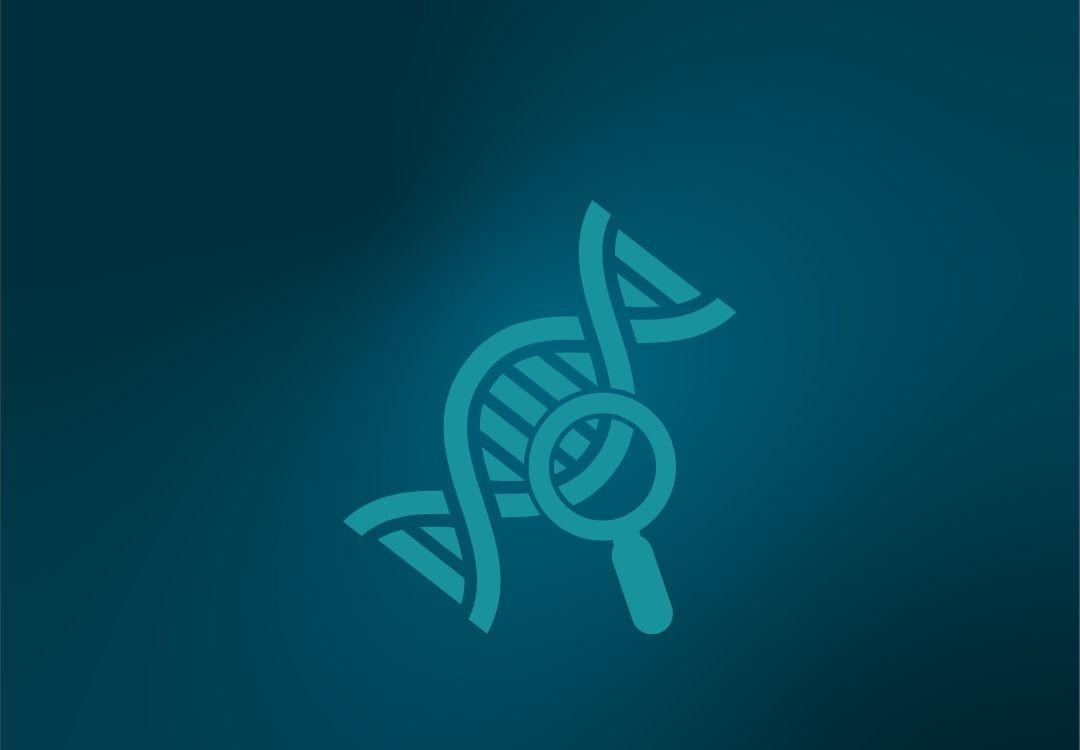Decoding Synthetic Biology Patents: IP Challenges in DNA Programming

Imagine if we could “program” living cells the way we program computers. Instead of writing lines of code in Python or Java, scientists write DNA sequences that tell bacteria, yeast, or even mammalian cells what to do-whether that’s producing a drug, detecting toxins, or repairing tissues. The field of synthetic biology integrates computer science, engineering, and biology.
But while programming life sounds futuristic, protecting these innovations with patents is far from simple. DNA programming raises tough intellectual property (IP) challenges-from determining what’s truly “man-made” to navigating overlapping patent claims and global compliance frameworks.
In this blog, we decode these challenges and explore how innovators can secure strong IP protection in the fast-evolving world of synthetic biology.
Why DNA Programming is Different from Traditional Biotech
In traditional biotechnology, patents often covered isolated genes, proteins, or lab techniques. Synthetic biology takes things further. Researchers now use standardized DNA parts-like promoters, ribosome binding sites, and logic gates-to build biological circuits that behave like software.
For example:
A toggle switch in E. coli can make bacteria remember whether they’ve encountered a toxin.
A biosensor circuit in yeast may light up when there are pollutants in water.
A genetic compiler can automatically translate high-level instructions (“detect glucose and produce insulin”) into optimized DNA sequences.
This modular, software-like approach is powerful-but it also blurs the line between natural biology and engineered invention. And that’s where the IP challenges begin.
The Global Patent Puzzle: Who Allows What?
Patent offices around the world differ in how they treat synthetic biology inventions:
United States: Naturally occurring DNA sequences are not patentable, but engineered constructs with novel functions (e.g., codon-optimized sequences, synthetic logic circuits) are eligible. However, diagnostics based only on natural correlations may face rejection unless tied to specific technical steps.
Europe: Isolated or technically produced DNA material can be patented, provided it has industrial application. Ethical exclusions apply-for example, human germline modifications cannot be patented.
India: Discoveries of living things or natural substances are excluded, but microorganisms and substantially human-modified genetic materials can be protected. Demonstrating industrial applicability and technical contribution is essential.
For innovators, this means a patent strategy must be jurisdiction aware. A construct that is patentable in Europe may need a different claim structure in India or the U.S.
Key IP Challenges in DNA Programming
Patent Eligibility
Where’s the line between a natural gene and an engineered sequence? Courts demand that claims emphasize human creativity-novel design, altered architecture, or improved performance.
Enablement & Written Description
Biology is context-dependent. A genetic circuit that works in one strain of E. coli may fail in another. To meet patent standards, inventors must describe not only sequences but also design rules, performance ranges, and experimental validation.
Freedom to Operate (FTO)
Synthetic biology often reuses shared tools-like CRISPR, Gibson assembly, or reporter genes. Many of these are already patented, which creates patent thickets. Startups may unknowingly infringe unless they run landscape studies and seek licenses.
Digital Sequence Information (DSI) & Compliance
The Nagoya Protocol says that people who exploit genetic resources must share the benefits. Even when only digital sequence data is used, compliance is increasingly important for commercialization.
What Can (and Should) Be Patented in Synthetic Biology?
Engineered constructs: redesigned promoters, riboregulators, genetic logic gates.
System architectures: circuits that function reliably across hosts or environmental conditions.
Methods & compilers: software that turns abstract logic into DNA with fewer design-build-test cycles.
Applications: biosensors, living therapeutics, sustainable bio-manufacturing systems.
Tip for innovators: Instead of claiming only “what the DNA looks like,” focus on “what the DNA does and how it performs.”
Real-World Example
Take the case of synthetic biosensors for environmental monitoring. Several firms have made microorganisms that glow when they come into contact with arsenic in water. While the basic idea is common, what differentiates one patent from another is the unique design choices-like the promoter strength, signal amplification strategy, and metabolic burden reduction methods.
This shows why function + architecture is often more defensible than a single sequence claim.
Best Practices for Innovators
Run a Patentability Search Early – Know if your idea overlaps with existing patents before publishing.
Generate Robust Data – Test circuits across different conditions and report performance ranges.
Draft Multi-Layer Claims – Cover constructs, systems, methods, and applications.
Check Freedom to Operate (FTO) – Especially around enzymes, assembly methods, and software.
Balance Open Science and Proprietary IP – Use defensive publications for commoditized parts and patents for high-value applications.
How Einfolge Can Help
At Einfolge Technologies, we work with biotech innovators worldwide to simplify the IP maze. Our services include:
Patent landscape & white-space analysis to identify opportunities in crowded fields like CRISPR and DNA design tools.
Studies on patentability and FTO that are specific to synthetic biology projects.
Global filing support-ensuring claims meet the requirements of U.S., European, and Indian patent offices.
Compliance guidance for Nagoya Protocol and digital sequence information usage.
Licensing strategies to help startups avoid infringement and grow faster.
Conclusion
Synthetic biology is redefining how we think about innovation. By treating DNA as programmable code, scientists are building the foundations of living technologies that could transform healthcare, agriculture, and sustainability.
Yet, without the right IP strategy, even the most groundbreaking DNA program can be vulnerable. The key lies in framing claims around engineered differences, technical improvements, and validated performance—while staying mindful of global compliance and FTO risks.
At Einfolge, we believe the future of synthetic biology deserves strong protection. By decoding the IP challenges today, we can empower innovators to unlock the full potential of DNA programming tomorrow.